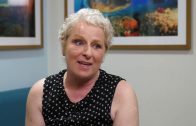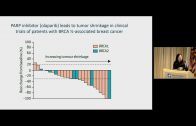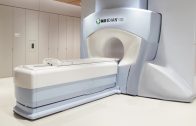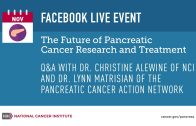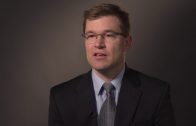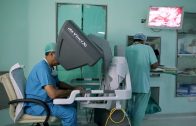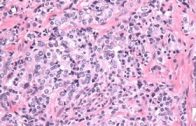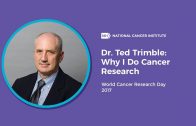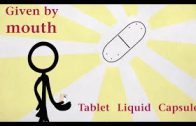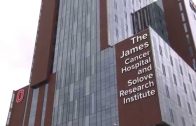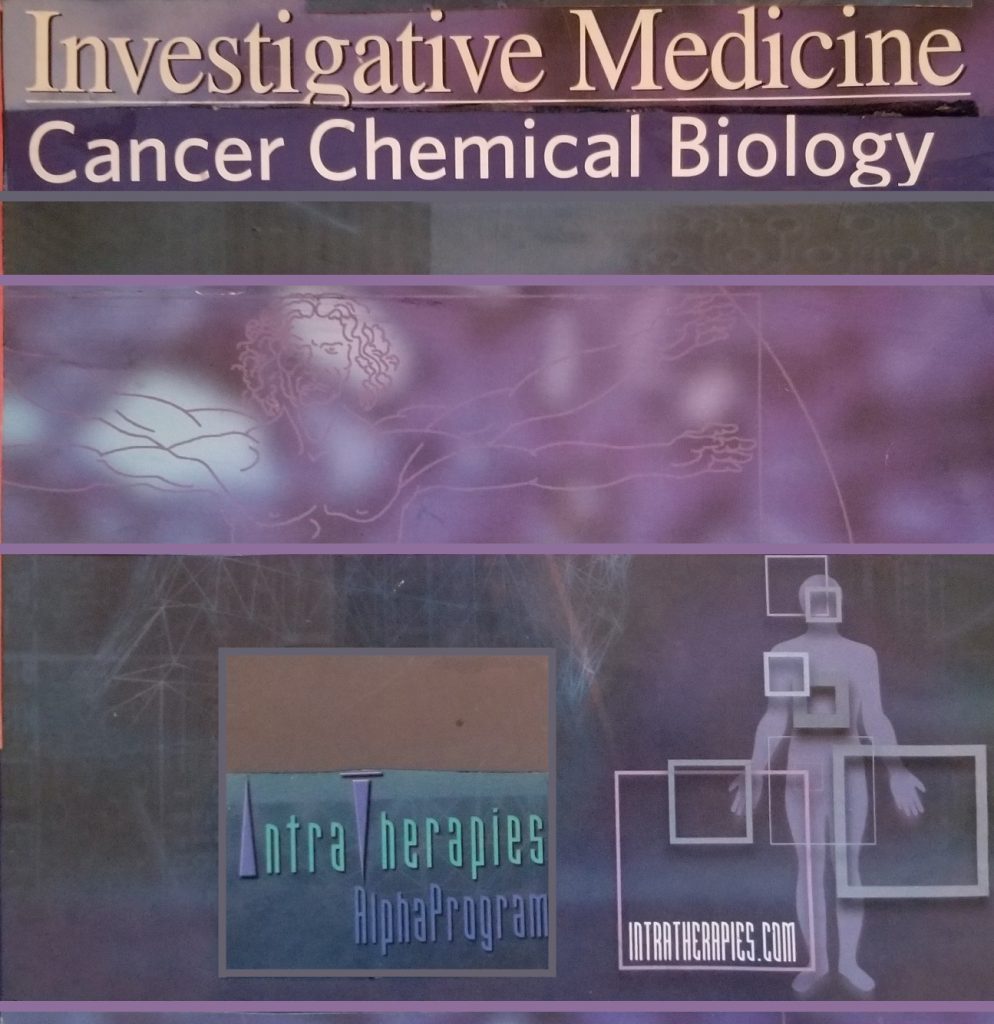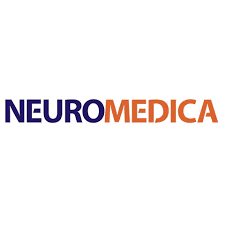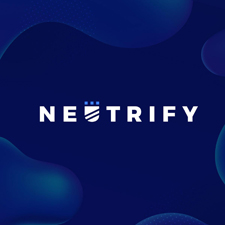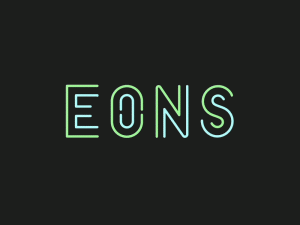Targeted Therapy Gives New Hope to Pancreatic Cancer Patients
For people diagnosed with certain types of cancer, hope can be distressingly elusive. That’s especially true with pancreatic cancer, but a new MRI-guided radiation therapy at Miami Cancer Institute has led to extremely encouraging outcomes, according to radiation oncologist Michael Chuong, M.D.,
[Transcript]
Jayne:
When I heard the results of my CT scan saying that I had pancreatic cancer, I was in shock. I couldn’t believe it, because my father had already died of pancreatic cancer when he was a young man, so it was a shock. I started with chemotherapy initially in a different hospital which made me very ill. I was so ill, I was so tired and so exhausted and I saw the doctors and they had nothing that they could offer me. They told me straight up that there was no surgery and they was pretty much nothing they could do.
[Jayne and Dr.Chuong are seen walking down a hallway]
And then I found Dr. Chuong and he offered me the hope. Then things turned around, my life turned around and I started to get better straight away after my radiation treatment here. It was five days of treatment. It was wonderful. I had no side effects at all.
Michael Chuong, M.D.:
I first met Jane about a year and a half ago. This was after she was diagnosed with pancreas cancer and had some chemotherapy and unfortunately her tumor was growing and so they looked for a different option for her treatment, which was radiation therapy.
[Picture of Jayne in an MRI machine is shown]
The MRI guided radiation therapy that Jane received. There’s really three primary advantages. One is with this machine and with this technology we’re able to continuously monitor the position of the tumor during treatment and we know exactly where it is at any given time.
[A graphic is of an anatomical man is shown, displaying how the machine targets the tumor]
The second main advantage is that we can actually turn the machine on and off based on the position of that tumor because we’re now we’re able to see where it is. Really the third and one of the most important parts of this is that every day prior to treatment we’re able to now look at what are the differences in the anatomy from a day to day basis. We can actually now modify the treatment on the fly without the patient getting out of the machine so that now the dose to the bowel is safe. But also we’re able to still deliver an ablative dose to the tumor.
Jayne:
[Jayne is seen ringing a bell]
So after my radiation treatment and I started to feel better, pretty much straight away and I said to my husband, I’d like to get to Hawaii.
[Pictures of Jayne in hawaii are displayed]
Literally we booked it and within five days we were in Hawaii. I was so well that one day when we got off the ship I was able to hike up the Diamond Head Monument, which was quite a hike and it was wonderful. It was the most fabulous feeling that I had my life back. Didn’t know for how long, but I had it back and I was going to enjoy every minute of it.
Michael Chuong:
The Miami Cancer Institute offers a truly comprehensive assortment of radiation therapy technologies all under one roof.
[Multiple medical devices are shown, proton therapy platform, and MRI machine]
Ranging anywhere from proton therapy to MRI guided radiation therapy, to CyberKnife, to GammaKnife, to traditional Linux. It’s really an advantage to patients who come here and knowing that we are able, as from a physician standpoint, to pick any of these technologies that we feel that offers that patient a particular almost personalized of advantage from a radiation therapy standpoint.
Jayne:
When we found the space and we came here the first time, we were blown away, how beautiful it was initially. I mean everything about it and how kind everybody was from checking in, to the security, the police at the door and everybody was so kind and so caring. It’s been wonderful experience.
[End of Transcript]
